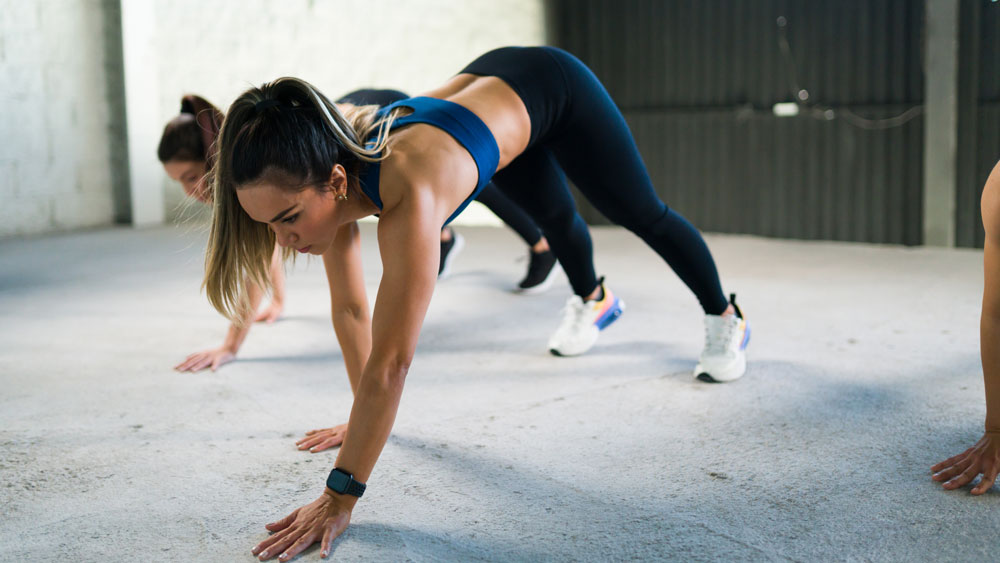How To Do The Inchworm Exercise
This full-body move stretches and strengthens a range of muscles

If you’ve ever taken part in an instructor-led HIIT class, the chances are you’ve done the first part of the inchworm exercise – walking your hands out from your feet into a high plank and back again. That movement engages muscles all over the body and works as a dynamic stretch, which is why it’s such a good addition to a warm-up. It’s a low-intensity move that primes your body for what you’re about to put it through.
All you need to do to level up to the inchworm is walk your feet to your hands, which gives you a bit more of a stretch through your hamstrings than just reversing the move.
However, the inchworm is more than just a good warm-up exercise. If you’re relatively new to the gym, you’ll find it a great move for strengthening a range of muscles including your core, arms, chest and back.
It’s also an easy move to do safely and uses only your bodyweight.
See related
- The Best Bodyweight Exercises For All Levels Of Gym-Goer
- 15 Bodyweight Exercises Everyone Should Be Doing
- How To Warm Up At The Gym
How To Do The Inchworm
From standing, hinge at your hips to reach down and place your hands on the floor in front of you, keeping your legs as straight as possible. Walk your hands out in front of you until you are in a high plank position, with your body forming a straight line from your neck to your ankles. Next take small steps forwards, keeping your legs as straight as possible and raising your hips, until your feet meet your hands. Then stand up and repeat the movement, either forwards again if you have room or turning around and going back the way you came.
A popular alternative to the inchworm is the hand walk-out, where you begin the exercise in the same way as with the inchworm, reaching down and walking your hands out to a plank position, and beyond. Walking your hands past the high plank position taxes your core all the more.
Sign up for workout ideas, training advice, reviews of the latest gear and more.

Nick Harris-Fry is a journalist who has been covering health and fitness since 2015. Nick is an avid runner, covering 70-110km a week, which gives him ample opportunity to test a wide range of running shoes and running gear. He is also the chief tester for fitness trackers and running watches, treadmills and exercise bikes, and workout headphones.
